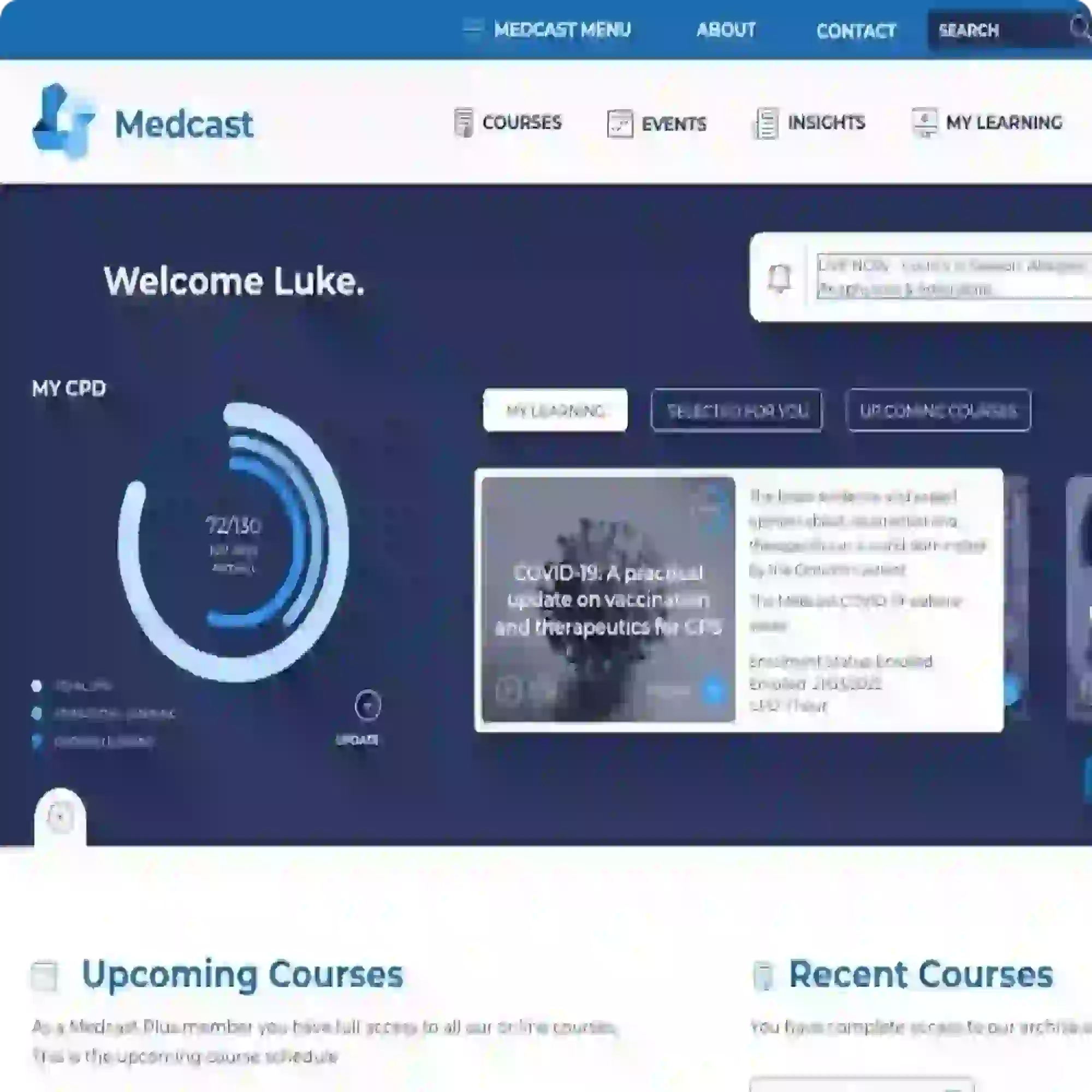Essential CPR practice tips to pass your online BLS assessment
As a healthcare professional completing the Basic Life Support (BLS) online assessment, mastering CPR technique is critical. We surveyed our educators and compiled a list of their top tips to ensure you achieve success from the start.
1. Follow the DRSABCD flowchart and perform two minutes of CPR
The DRSABCD flowchart is a structured approach to emergency response. Before demonstrating CPR, ensure you follow these steps:
During your assessment, you must demonstrate two continuous minutes of high-quality CPR, ensuring correct hand placement, depth, and recoil.
2. Fully inflate your manikin before starting
If you have an inflatable CPR manikin must be properly inflated before starting your demonstration. A fully inflated manikin ensures:
-
Accurate chest recoil during compressions.
-
A realistic simulation of airway opening and lung inflation.
-
Compliance with assessment standards.
Always check for leaks and ensure the manikin is secure before beginning CPR.
3. Use a metronome or recommended music for compression accuracy
You are expected to maintain a consistent 100-120 compressions per minute. To achieve this:
-
Use a metronome app for precise timing.
-
Select a pre-approved CPR rhythm playlist (e.g., Stayin’ Alive by the Bee Gees) to stay on beat.
Consistently delivering compressions at the correct rate is essential for effective CPR.
4. Do not perform CPR on a real person
CPR should only be performed on an approved training manikin. Performing chest compressions on a healthy individual can cause severe injury, including rib fractures. Always use the designated training equipment.
Watch the demonstration video
For a clear understanding watch these top tips below.
Final thoughts
As a healthcare professional, precision in BLS assessments is vital. Follow these steps, ensure your manikin is properly set up, and use the demo videos in the course as a reference. Regular practice and adherence to guidelines will enhance your confidence and effectiveness in real-world scenarios.
Related courses

Grace Larson, RN, BN, CertIV(TAE), GradDipClinNurs(PaedCritCare), MAdNursPrac(PaedCritCare), has extensive experience in paediatric nursing, with 13 years in Paediatric Intensive Care Units (PICU). She’s published journal articles in the specialty area of pain and sedation in PICU, and has presented at national and international conferences on the area of pain and sedation in paediatrics. Grace has previously worked with the ACCCN delivering Paediatric Advanced Life Support in Victoria, bringing a wealth of experience into her clinical teaching on paediatric resuscitation. She has also consulted with NSW Health on quality and safety delivering within PICU, and has been contracted with the ANMF to develop nursing programs for nurses who require additional education as part of their practice requirements.
Become a member and get unlimited access to 100s of hours of premium education.
Learn moreFollow James, a 7-year-old boy scheduled for a tonsillectomy and adenoidectomy, as we explore how the 4 P’s of child preparation – Prepare, Play, Parent, Praise – can be used in day surgery to reduce procedural anxiety, support family-centred care, and improve the overall patient experience
Caregiver concern is a powerful predictor of clinical deterioration in children, often surpassing abnormal vital signs. A recent Lancet study confirms its association with ICU admission and ventilation. Integrating caregiver input into assessments, documentation, and escalation protocols can significantly improve early recognition and outcomes in paediatric emergency care.
Sepsis is a time-critical medical emergency. The National Sepsis Program urges GPs and primary care clinicians to enhance early recognition and management of sepsis to save lives. This update outlines key actions and available resources to support timely diagnosis and intervention across primary care settings.

